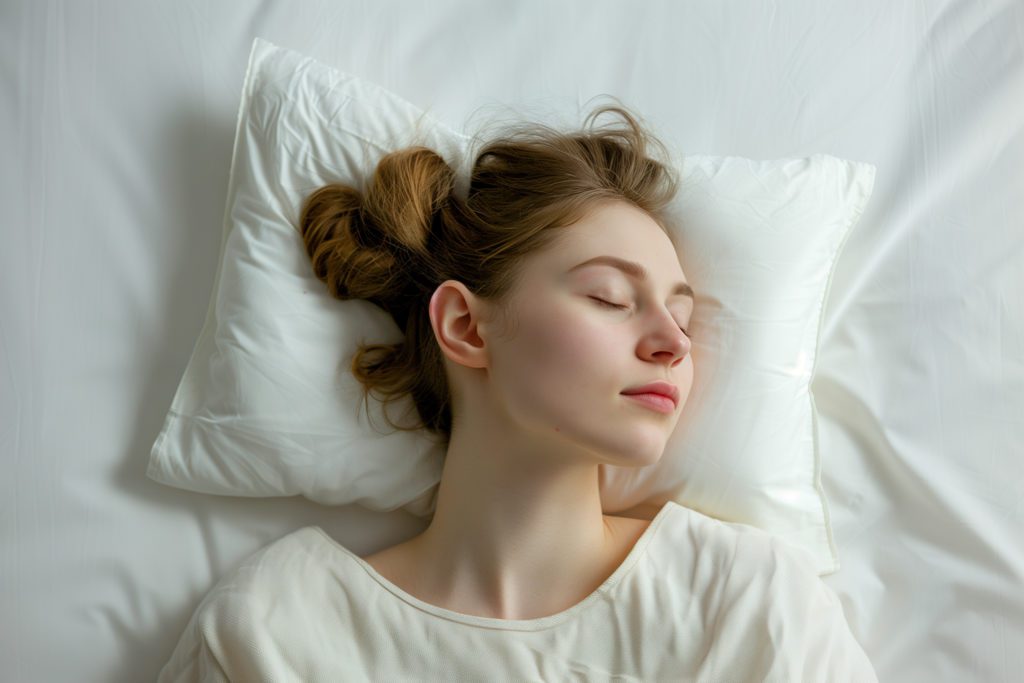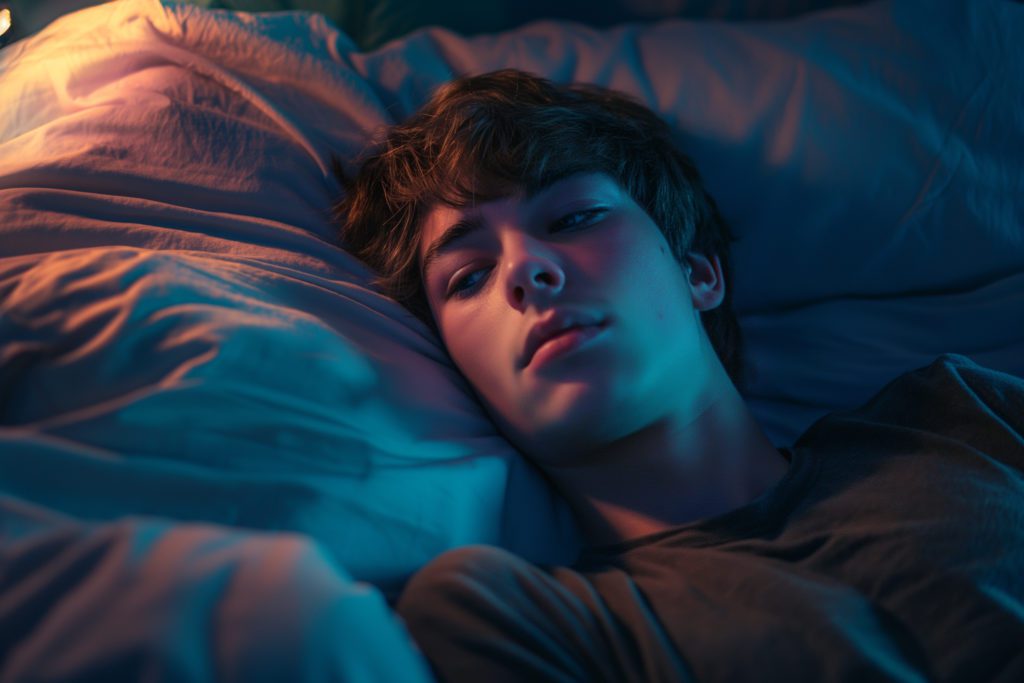
Dreaming and Aging: Changes in Dream Content and Frequency Throughout the Lifespan
Learn about the relationship between dreaming and aging that determines what children and adults dream about at different ages.

Do your dreams age with you? It turns out that aging may actually change our dreams. That's because dreaming behaviors and patterns are tightly linked with brain development and cognitive processes. While you should never give up on your childhood dreams, you might want to learn a few things about dreaming and aging if you're concerned about sleep habits.
Do Dreams Change as We Age?
Yes, there is strong evidence that our dreams actually evolve with age. The tricky part is that researchers don't have tons of data points to work with because age-related dream evolutions haven't been heavily studied. One little-known piece of information on dreaming and aging is that there's actually one specific age milestone that can make some people more susceptible to sudden night terrors. More on that in a moment! Let's cover what we know about the transition of dreams from childhood to adulthood.
Children's Dreams Have Unique Patterns
Children have some interesting recurring characters in their dreams that don't necessarily show up in the slumber stories of adults. Researchers have found that one of the most profound differences between children's sleep and adult's sleep is that children dream about animals far more frequently than adults do. Kids also tend to dream about close family members more frequently. Children's dreams can also be a little "fuzzier."
Overall, children's dreams tend to lack clear storylines. They also tend to be short, plot-free jaunts of the imagination. For example, a child is more likely to simply dream that they are riding in a car or petting a pony. There's no clear indication that the dreams of young children have the intricate plots, settings, or conflicts that are so prevalent in adult dreams. Additionally, dreaming isn't a given each night. It's believed that young kids dream somewhat infrequently compared to adults.
Children's Dreams Turn More Sophisticated at a Certain Point
Research suggests that dreams become sophisticated at some point between the ages of 5 years old and 8 years old. This is when dreams become longer, more frequent, and much more complex. Children go from vague snapshots of dreams to complex narrative structures. They also begin to experience themselves as active characters in their dreams. Once kids get closer to the ages of 10 and 11, they have settled into adult-like dream patterns that mirror the dream experiences that adults have.
Dreaming and Puberty
While children generally begin to experience dream patterns that mirror adult dream patterns by age 11, some research shows that puberty triggers some specific dream changes. First, it's believed that sleep quality overall begins to dip at puberty. Unfortunately, this downward trend in sleep quality lasts until old age. This is one of the reasons why establishing good sleep hygiene can be so essential for teenagers as they navigate the demands of academic life that can become nearly insurmountable when insomnia and other common teen sleep issues are experienced. This is also when romantic interests begin to enter dreams. Males also experience increased physical aggression in dreams during puberty. For females, there is an increase in verbal aggression and conflict.
Dreaming in Adult Life
Once some of the dreamscape tumult that crops up during puberty levels out, adults tend to experience elaborate dreams that focus on everyday interactions and experiences. There is a heavy emphasis on social interactions with familiar friends and family in adult dream structures. The next noticeable change in dreaming occurs as people transition into their senior years.
For women, dreams tend to remain elaborate and socially focused until about menopause. Unfortunately, the hormonal changes that occur during menopause can disrupt both sleep and dreaming patterns. Hot flashes that are common during menopause can disrupt the ordinary sleep cycle. This is thought to be why many women suddenly experience night terrors for the first time in their lives during menopause.
Men will also continue to dream in standard patterns until reaching roughly the equivalent age. Once people enter the period of senescence that brings them close to old age, dreams begin to change again. The most remarkable change is that dreams become more reflective and sentimental. For example, a dreamer may be more likely to see loved ones who are either living or dead in their dreams. As people reach the end of their lifetimes, dreams can become more spiritual.
Why Dreams Change With Age
The progression of dream experiences as we age is likely due to several different factors. The development of brain structures, lived experiences, hormonal changes, and stressors all play roles in shaping our dream lives. The one thing that is consistent about dreaming across all ages is that it's important for brain health. Researchers believe that dreaming serves the important functions of:
- Safeguarding the visual cortex - While we are asleep, the visual cortex is deprived of visual input. It is theorized that this could degrade the visual cortex over time. Dreaming stimulates the visual cortex and keeps it active.
- Consolidating memories - Dreaming helps the brain consolidate memories.
- Easing suffering - Dreaming helps relieve emotional stress.
- Flushing out toxins and neural detritus as part of the brain's waste-management system
To achieve a dream state that allows the brain to perform all of these self-healing functions, the dreamer must enter and remain in the rapid eye movement (REM) sleep stage for long enough. Characterized by increasing brain activity, heart rate, and blood pressure, REM sleep is where most of our dreaming takes place. While researchers do believe that some dreaming takes place during non-REM sleep states, most agree that the most intense dreaming occurs while we are in this state of rapid behind-the-lids eye movement and temporarily paralyzed limbs.
A solid dream life starts with a solid sleep life without tossing and turning. If you've noticed dreamless nights or a feeling that you aren't quite rested when it's time to wake up in the morning, it may be time to start tracking your REM cycles. Pillow is the app that lets you track sleep to find patterns that tell your secret sleep story.

Written by
Emily Mendez
Emily Mendez is a former therapist and mental health author. She is one of the leading voices in mental health. Emily's writing has appeared in eCounseling, SonderMind, and more. Emily is frequently interviewed by Healthline, Fatherly, INSIDER, Family Circle, and other national media for her advice and expert opinion on the latest mental health topics.
Download Pillow
Get help
Press & News
Legal
Connect
X (Twitter)
Company
Copyright © Neybox Digital Ltd.



